News
10 of the hottest trends for coffee geeks
Thursday, March 26th, 2015
The world is – in case you were not aware – in the middle of something called the third wave of coffee. The second wave, ten years ago, was characterised by mass production, and a reduction in quality. Now, as artisanal roasteries pop up on every corner, the focus is back on quality and innovation. Here are 10 trends taking off in restaurants and cafés around South Africa.
1. Light-medium roasts replacing ‘strong’ dark roasts
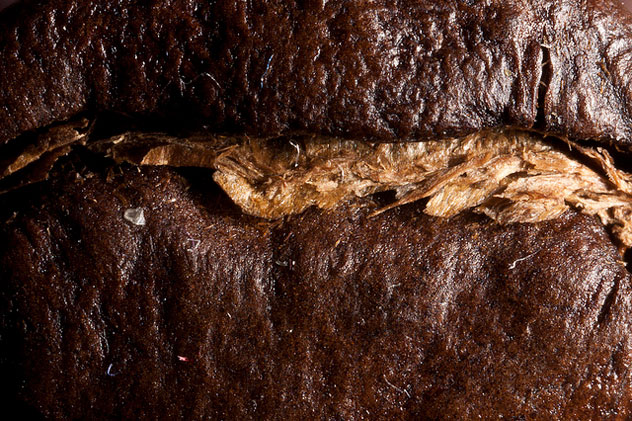
A dark roast coffee bean, magnified many times. Photo by John Lodder.
Ten years ago, when mass-production really took off in the coffee market, the dark roast gained ascendancy, says Rowan Mallon from Colombo Coffee in Durban. When over-roasted, the oils that contain all the flavour push to the surface and the beans dehydrate. The result is a really bitter caffeine flavour. “It’s not actually strong – just over-roasted – and needs five or six sugars to be palatable,” says Rowan. “If a bean is more lightly roasted you’ll find hints of vanilla, strawberry, chocolate and raspberry in coffee – depending on the origin of the bean.”
2. Single origin or specially sourced beans

A farm worker carries a sack of beans in Colombia. Photo courtesy of the International Centre for Tropical Agriculture.
“Everyone settles for the Rainbow Chickens of coffee,” says SA barista champion Craig Charity. Craig’s standards are probably higher than most – he flew personally to collect the Guatamalan beans he used in his entry for the 2014 Barista Championship in Italy. That said, many customers are starting to become more discerning. Shmuel Montrose of Jozi Blue speciality coffee shop says he’s encountering more drinkers who favour a specific bean, or a specific origin. Shmuel offers a broad range of origins and has four grinders, which allows customers to get a custom cup. “A guy will walk in and try what’s on the hopper for a week. And then you’ll find he develops a taste for a specific bean. Costa Rican or Malawian, for instance.”
3. Less milk and sugar
Well-roasted coffee shouldn’t actually need sugar – especially if you’re drinking it with milk, says Rowan. “Glucose is released in milk when it’s heated – so if you’re drinking a cappuccino, you shouldn’t need sugar.” With the arrival of better beans, more customers are trying their cup without sugar. And more aficionados are going black, too. “I’m not selling [as much] milk,” agrees Shmuel. “Everyone’s drinking smaller cups without milk.”
4. Pour-overs, Chemex and Aeropress brews
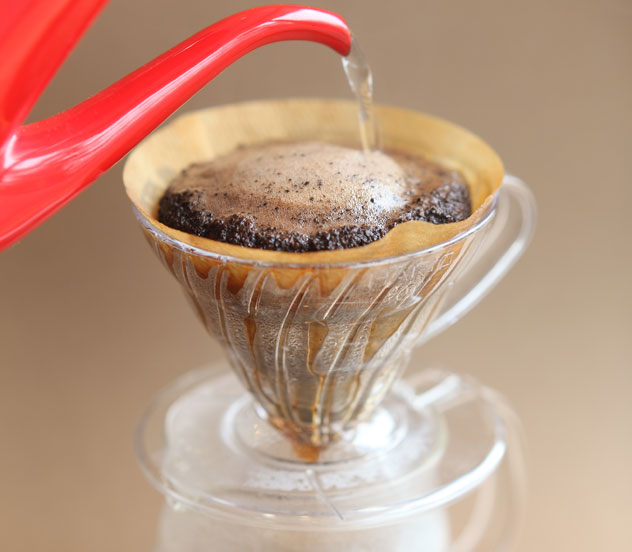
Pour-over methods tend to create a subtler brew.
The Japanese method of coffee brewing is gaining popularity. So what’s the buzz about the pour-over? “When an espresso machine is used, nine bars of pressure are put through the beans,” says Rowan. This is not necessarily a bad thing – it adds acidity, which makes the coffee bright and sparkly – but using a gentler method like an Aeropress, Chemex or pour-over – which relies on gravity and time rather than pressure – can result in a lot smoother coffee with different flavours emerging. “You might taste cherries if the coffee is made with an espresso machine, but blackcurrant from the same beans as a pour-over.” Try it at Espresso Lab and Bean There in Cape Town, The Factory Cafe or Duke and Duchess in Durban and Doubleshot or Jozi Blue in Joburg.
5. Vietnamese-style iced coffee
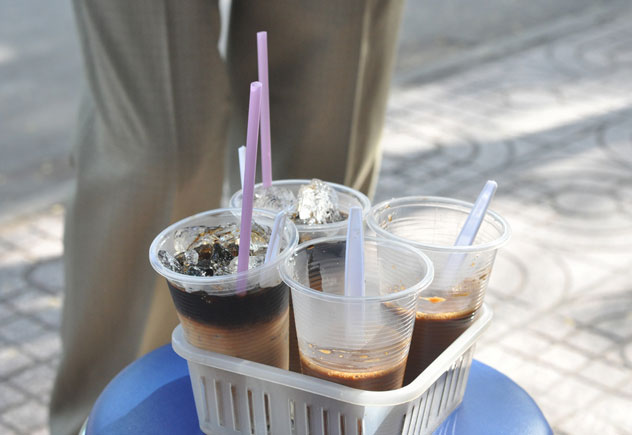
Vietnamese iced coffee. Photo by Florence Luong
Made with coarsely ground dark roast coffee, this Vietnamese drink is sweetened with condensed milk and served over ice. The Spanish serve a hot version: a shot of espresso with a dash of condensed milk, which is possibly even more lethal.

A cafe bonbon – coffee and condensed milk. Photo by Chris Gladis
6. The corretto
The Italian art of ‘correcting’ an espresso with the addition of a splash of grappa is making its way to South Africa. Wine- and grappa-maker George Dalla Cia has begun producing 5ml grappa sachets designed to be splashed into a short espresso.
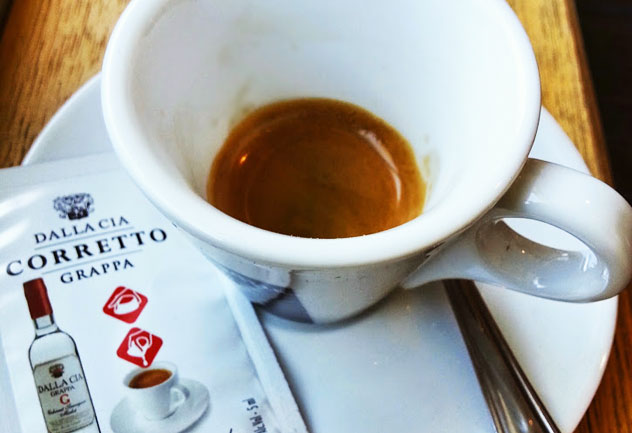
The corretto sachet with a very short espresso
“The grappa brings out the flavour of the coffee,” explains George. The sachets are designed to be snapped open with one hand with minimal mess, and without the danger of the barista over-pouring the grappa.
7. Cáscara coffee ‘tea’
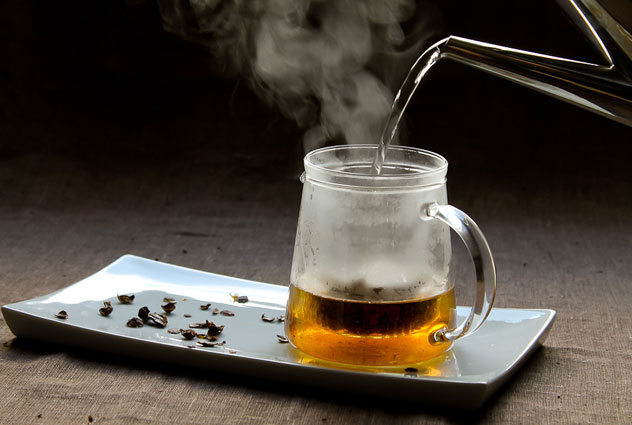
Cascara tea. Photo by Migle Seikyte
Made from the dried berries of the coffee plant, cáscara is an herbal tea that contains about a quarter of the caffeine of coffee. The flavour is also sweet and can have a slight cherry flavour. “It tastes like more,” quips Lydia Oyier of Espresso Lab in Cape Town, where two versions are available: hot with milk, or cold, with fresh pomegranate (in summer). “It’s actually very fruity – like coffee, but without the coffee.”
8. Cupping
Coffee cupping is the professional grading process for coffee. Dominique Smeda, operations manager at Bean There, runs coffee cupping events that demonstrate the process. First, guests will smell the grounds to try and pick up some of the notes, then add hot water, allowing a crust to form on the top. They inhale the aromas as the crust is broken. “Then we actually taste the coffee: we slurp it like you slurp soup, the way your mother always told you not to.” This allows the coffee to coat the mouth, and allows tasters to pick up the acidity, the body and the sweetness. Guests will blind taste four African coffees – to avoid preconceived ideas about flavour – and discuss what they pick up.
9. Coffee by WhatsApp
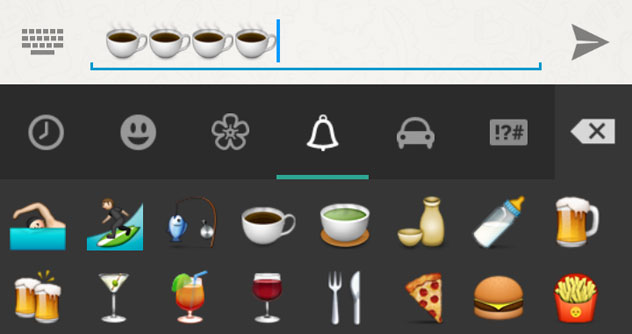
What started out as a pre-paid loyalty card has allowed Shmuel Montrose to do something quite unusual at Jozi Blue: he’s now selling coffee by WhatsApp. Customers pre-load cash onto their cards, WhatsApp their orders, and receive them as they arrive. The simplicity and discounts for larger amounts of pre-loaded money have enticed some customers to load as much as R5000 onto their cards, says Shmuel. With their new machine, which runs on a generator, the team aims to have the system functioning like a fully-fledged drive-through.
10. Special origin water and custom milk
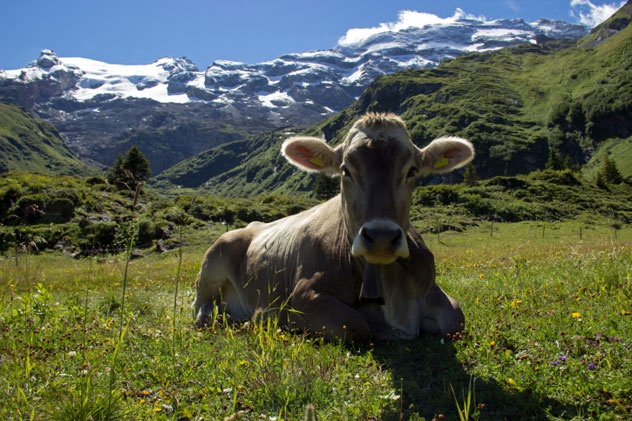
Gertrude had always preferred the French press method herself
Competitors at last year’s Barista championships in Italy served up coffee made with different water types, on the basis that water with higher magnesium or calcium content tastes different. SA’s own representative, Craig Charity, served his coffee with a glass of water from the Drakensberg, which had a jasmine note that echoed that of the Guatamalan coffee he used. “Some of the other guys used milk from a cow that had been put in a rye field or a clover field to flavour the milk.”
* 7 April 2015: this article was edited to remove the mention of the Swiftly app, which has sadly stopped operating.




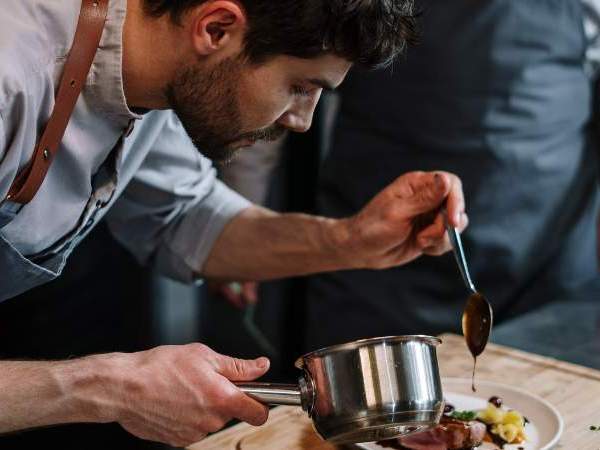
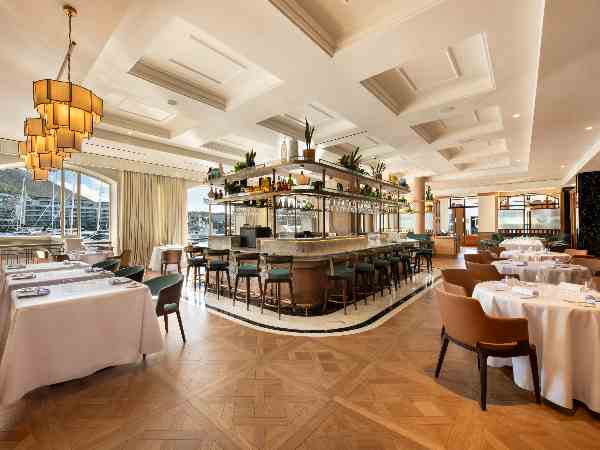
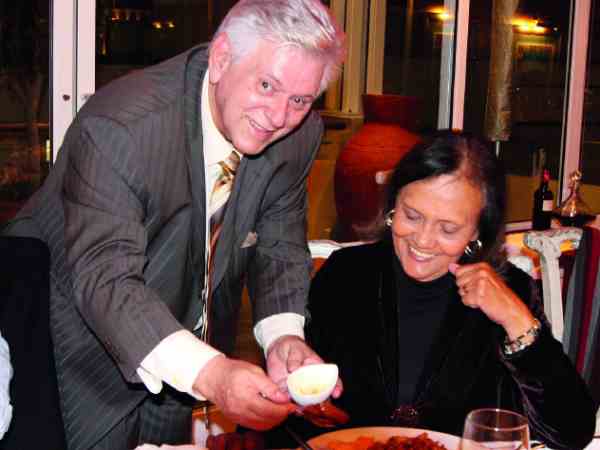

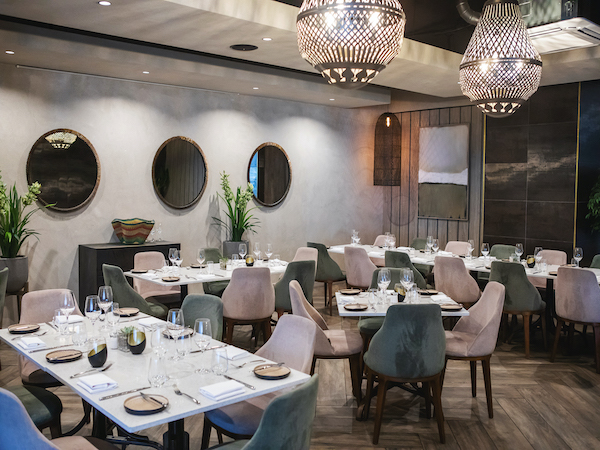




Sad to hear that Swiftly App is gone. However good to hear that there is a new App in town. Even better! Capetownsbestcoffee available to download free from http://www.capetownsbestcoffee.com